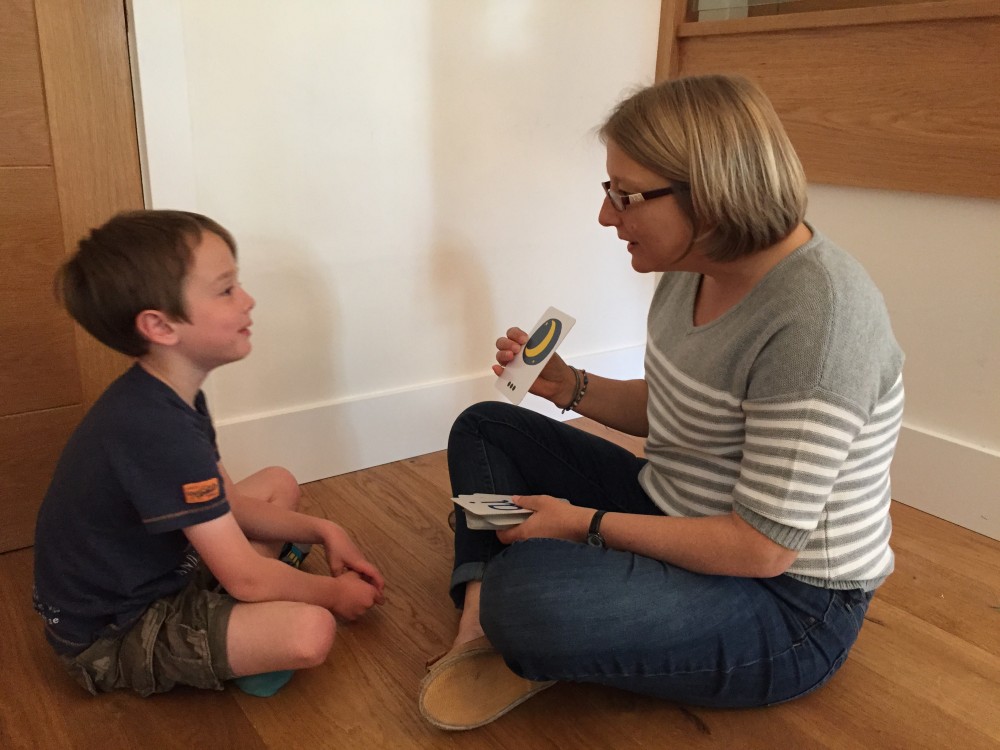I have provided the following case studies to demonstrate the positive impact speech and language therapy can have on children’s lives. I am passionate that every child should be supported as early as possible to ensure the best outcomes for them. All the children’s names have been changed for privacy purposes.
Children with speech difficulties.
Emma – I first started working with Emma when she started nursery. I was contracted by her school to support the speech and language needs of their children. Emma was only using three consonants ‘b’, ‘m’ and ‘n’. She was becoming very frustrated as she was not being understood. Emma had one session a week with me and two more with her learning support assistant (LSA). The LSA attended my session so she could watch how I worked with Emma and so was able to continue the same input during the week. We worked on building Emma’s awareness of single consonant sounds and helped her to pronounce and identify each sound. We then worked on production and discrimination of the consonant in consonant vowel (CV) and (VC) words e.g. ‘pea’ and ‘me’ (CV) and ‘egg’ and ‘up’ (VC). She grew in confidence as the speech sessions continued and her speech was improving. As soon as she mastered the CV and VC words we worked on CVC. Then her speech just took off. The added bonus was that Emma was excelling at reading as her speech work was supporting her phonics knowledge. Emma’s speech issues were resolved by the end of year 1 and she achieved 38/40 on her year 1 phonics screening test. Early intervention meant that Emma was able to achieve early in her academic career, which is so important for a child’s well being.
Children with Autism Spectrum Disorder
Peter – I first started working with Peter when he was in nursery. His autism had not been diagnosed. He was struggling to adapt to the nursery setting, he was becoming frustrated and lashing out at staff and peers. He had very little functional language but it was very clear that he was a very bright boy, who with the right help would do well. I helped his family with the diagnosis process, attending appointments with the paediatricians. I helped the nursery setting put a behaviour plan in place and supported the application for an Education Health Care Plan. Peter started reception class with 1:1 support, who were trained to use visual timetables, develop strategies to help him regulate his emotions and to use language that Peter would be able to process. I also worked on language tasks to develop Peter’s understanding and use of language. I last assessed him when he was in year 3, and he scored in the 95 percentile for his expressive language (in a group of 100 children, he would do better than 95 children). He still requires support to manage his emotions and to deal with social situations but he is on course to do very well. His parents are delighted with his progress.
